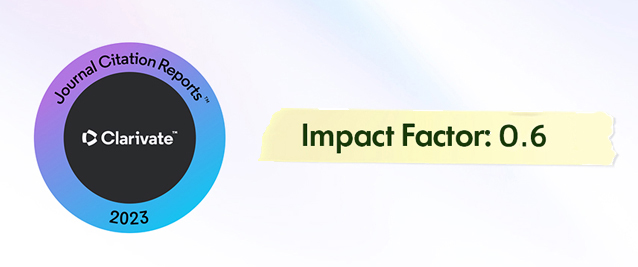2Department of Mathematics, Yusuf Maitama Sule University, Kano, 700282, Nigeria
3Department of Mathematics, Yusuf Maitama Sule University, Kano, 700282, Nigeria; School of Mathematics and Statistics, Central South University Changsha, 410017, China
Abstract
In rural areas around the world, agriculture is a vital source of livelihood and sustenance. However, limited access to electricity and water resources often hampers agricultural productivity, leaving farmers dependent on rainfall or manual labor-intensive irrigation methods. To address this challenge, solar irrigation systems have emerged as a sustainable and efficient solution. However, the existing solar irrigation systems often suffer from reliability issues and suboptimal performance, leading to inefficient water usage, increased maintenance costs, and reduced overall agricultural output. Addressing the reliability and performance optimization challenges of solar irrigation systems for rural farming is essential to ensure sustainable agriculture, increased crop yield, and improved livelihoods for farmers. This study aimed to enhance the performance of solar irrigation systems using reliability, maintainability, availability, and metrics like MTBF and MTTF. The system consists of four subsystems 1, 2, 3, and 4 namely, PV panel, controller, submersible pump, and storage tank sequentially arranged. Subsystem 1 consists of ten (10) units of panels arranged in parallel and connected to subsystem 2 which consists of two (2) unit controllers arranged in parallel, whereas subsystem 3 consists of two (2) units of pumps arranged in parallel and lastly, subsystem 4 comprises of four (4) units of storage tanks arranged in parallel, However, all the four subsystems combined are arranged in series-parallel. For design and prediction, the Markovian birth-death method is employed to assemble the system governing the differential difference equation from the state-to-state transition diagram. The rates of repair and failure of each subsystem are assumed to be exponentiated Weibull distributions and statistically independent. The findings of this research are thought to be valuable for analyzing performance and determining the best solar irrigation system design and feasible preventive and corrective maintenance strategies that may be used in the future to improve system performance, strength, effectiveness, food production output as well and revenue mobilization.
















